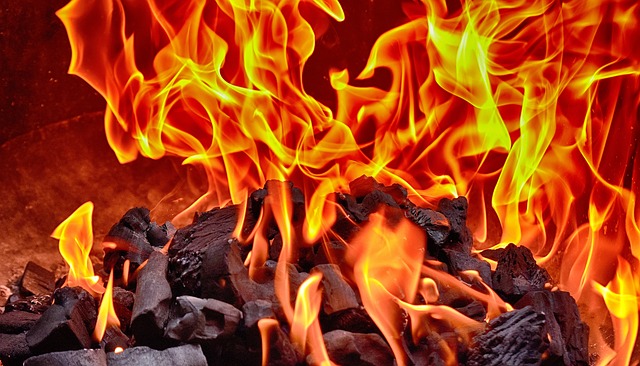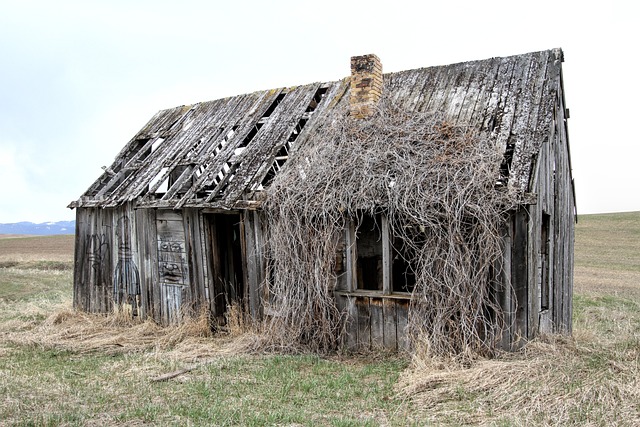Selling a fire-damaged home in California involves an 'as-is' sale process, where the property is sold without repairs. Key steps include understanding local regulations, insurance implications, thorough inspections, and effective marketing. Document damage, highlight unique features, and position the property as a renovation opportunity. Adhere to legal obligations, disclose fire damage accurately, and prioritize safety/cosmetic repairs for optimal sale.
“Unsure about navigating the complex process of selling a fire-damaged property in California? This comprehensive guide, ‘Understanding As-Is Home Sales,’ equips you with all the insights needed. From comprehending the impact of fire damage on property value to mastering legal disclosures and marketing strategies, we’ve got you covered. Learn how to transform a potential setback into a profitable opportunity by following expert tips tailored specifically for California’s real estate market when selling a fire-damaged home.”
- Understanding As-Is Home Sales: A Comprehensive Guide
- The Impact of Fire Damage on Property Value
- Pre-Sale Inspection and Repairs: What to Expect
- Marketing Strategies for Selling a Fire-Damaged Property in California
- Legal Considerations and Disclosures for Sellers
- Maximizing Profits: Tips for As-Is Home Sales in California
Understanding As-Is Home Sales: A Comprehensive Guide

Selling a fire-damaged home in California can seem like a daunting task, but understanding the as-is sale process is a crucial first step. An as-is sale means selling a property in its current state, without any repairs or improvements by the seller. This type of transaction is common for homes with issues like fire damage, as it provides a straightforward and often quicker path to closing. It’s essential to know that potential buyers will be evaluating the property as-is, so transparency about the damage is key.
This approach allows buyers to make informed decisions based on an objective assessment rather than relying on estimated repair costs. For California homeowners, there are additional considerations, such as local regulations regarding fire-damaged properties and insurance implications. A comprehensive guide for selling a fire-damaged home should include practical steps like conducting a thorough inspection to document the damage, ensuring compliance with building codes, and marketing the property effectively to reach interested buyers who understand as-is sales.
The Impact of Fire Damage on Property Value
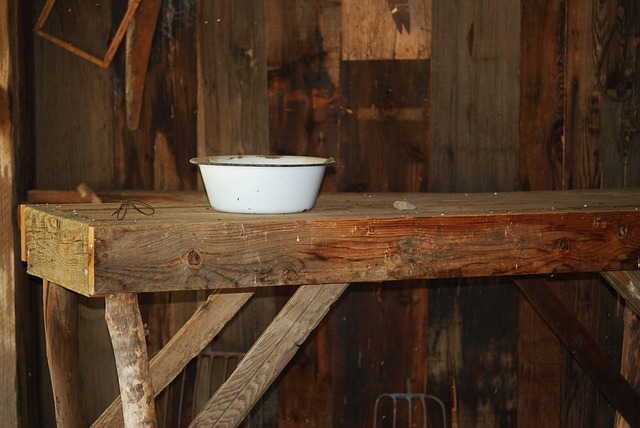
Fire damage can significantly impact the property value of a home, especially in competitive markets like California. When determining the as-is sale price of a fire-damaged residence, several factors come into play. The extent of the damage is crucial; minor smoke and scent residue might deter buyers, while extensive charring, melting, or structural instability can render a property almost unsellable without significant renovations.
Homeowners in California interested in how to sell a fire damaged home should consider professional appraisal and repair estimates. These assessments help establish an accurate market value post-restoration. Repairs that enhance the home’s safety and appeal, such as replacing burnt flooring, repairing structural elements, and removing hazardous materials, can increase its resale potential. Additionally, highlighting the home’s unique qualities and providing transparent information about the fire event might attract buyers seeking a bargain or rehabilitation project.
Pre-Sale Inspection and Repairs: What to Expect
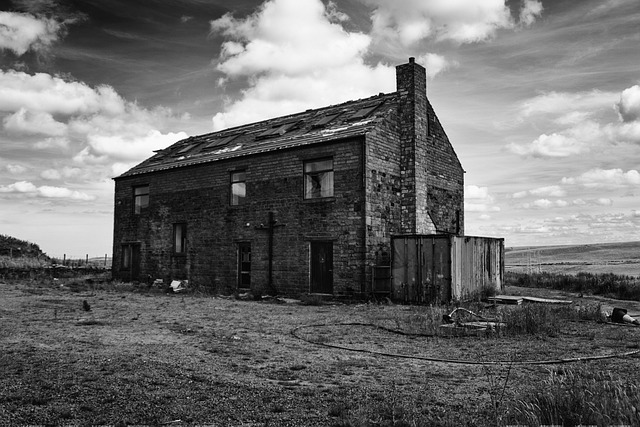
When considering how to sell a fire damaged home in California, understanding the pre-sale inspection process is key. After a fire, it’s natural for sellers to want to rush the repair and listing process. However, a thorough pre-sale inspection is essential to ensure the safety of potential buyers and maximize your sale price. This step involves assessing every aspect of the property, from structural integrity to electrical systems, plumbing, and even indoor air quality.
During this inspection, professionals will identify fire damage remnants and assess whether repairs meet local building codes. Repairs may include replacing damaged or destroyed materials (like drywall, flooring, or roof), repairing or replacing electrical wiring, and restoring heating and cooling systems. Sellers should be prepared to receive a detailed report outlining necessary repairs and their estimated costs. This information is crucial for setting an accurate listing price and attracting serious buyers who understand the work required but are confident in the home’s potential post-renovation.
Marketing Strategies for Selling a Fire-Damaged Property in California
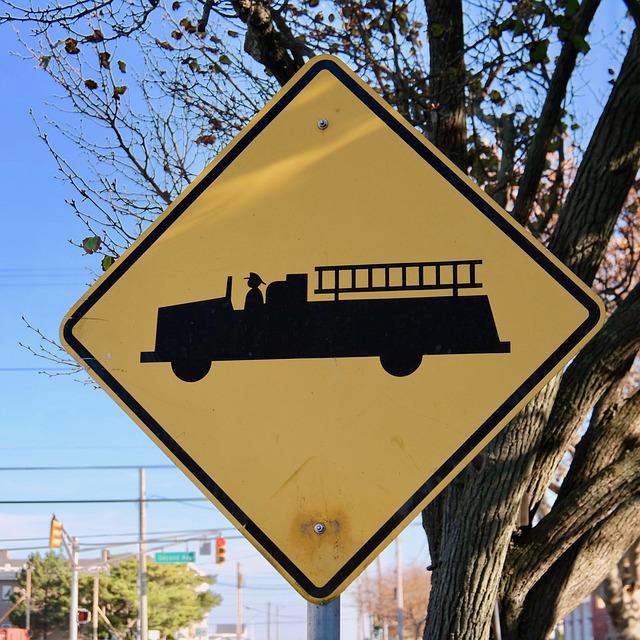
Selling a fire-damaged property in California can be challenging, but with the right marketing strategies, it’s possible to attract buyers and secure a successful sale. The first step is to assess and document the extent of the damage. Take detailed photos and create a comprehensive list of repairs needed, focusing on both visible and hidden impacts. This transparency will set a clear expectation for potential buyers.
Next, highlight the property’s unique features and benefits. California homebuyers often seek outdoor spaces, so emphasize any patio areas, gardens, or scenic views that have survived the fire. Additionally, market the home as an opportunity for renovation and personalize it with the buyer’s taste. Consider partnering with a real estate agent who specializes in distressed properties to guide you through effective marketing techniques, like targeted online ads, social media campaigns, and local community events where buyers gather.
Legal Considerations and Disclosures for Sellers
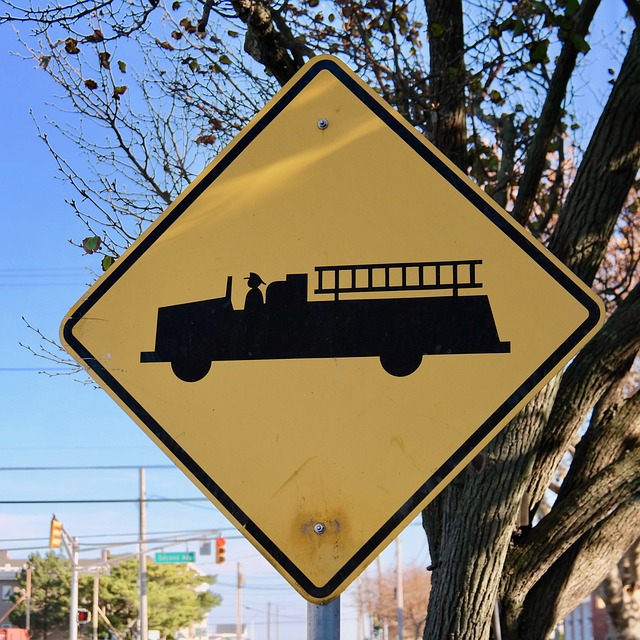
When considering how to sell a fire damaged home in California, understanding legal considerations and disclosure obligations is paramount for sellers. In California, specific laws govern real estate transactions, including the sale of properties with pre-existing issues like fire damage. Sellers must disclose known defects or material facts related to the property’s condition to prospective buyers. Failure to do so may result in legal liability, as revealed in a recent case where a seller was held accountable for withholding information about previous fire damage.
Disclosure forms, such as the California Residential Purchase Agreement Addendum, should be accurately completed and provided to buyers. Sellers should carefully review all documents related to the property’s history, including any insurance claims or repairs made after a fire. Honesty is key; misrepresenting or omitting crucial information can lead to disputes and potential lawsuits. Consult with a real estate attorney in California to ensure compliance with local laws and protect your interests during the sale process.
Maximizing Profits: Tips for As-Is Home Sales in California

Selling a fire-damaged home in California can be a challenging task, but with the right approach, it’s an opportunity to maximize profits. The key lies in understanding the unique market dynamics and target audience for such properties. In this competitive real estate landscape, buyers are often seeking affordable options or homes they can renovate, making fire-damaged properties appealing if presented correctly.
To attract potential buyers, start by assessing the extent of damage and prioritizing repairs. Addressing structural issues and ensuring safety should be the first step. Then, focus on cosmetic improvements to transform the home’s aesthetics. Consider repainting, updating fixtures, and enhancing curb appeal. Remember, California’s real estate market values transparency, so disclose any known damages accurately in your listings. This approach not only attracts serious buyers but also sets realistic expectations, ensuring a smoother sales process.
Selling a fire-damaged home in California can be challenging, but with the right strategies and knowledge, it’s an achievable goal. By understanding the as-is sales process, navigating legal disclosures, and employing effective marketing tactics, sellers can maximize their profits. Remember, thorough inspections, honest disclosures, and a competitive price are key to attracting buyers interested in California’s vibrant real estate market. With the proper approach, even properties with fire damage can find new life and owners.


